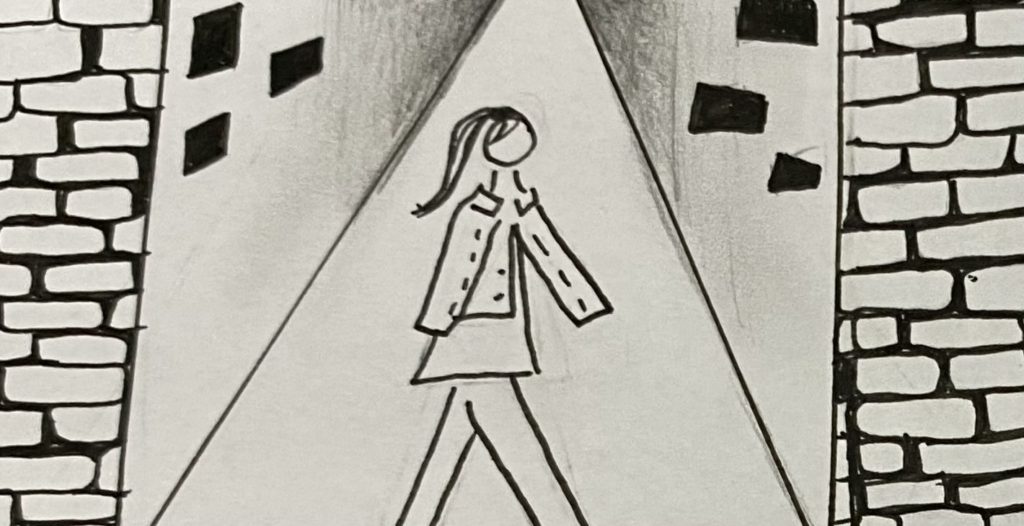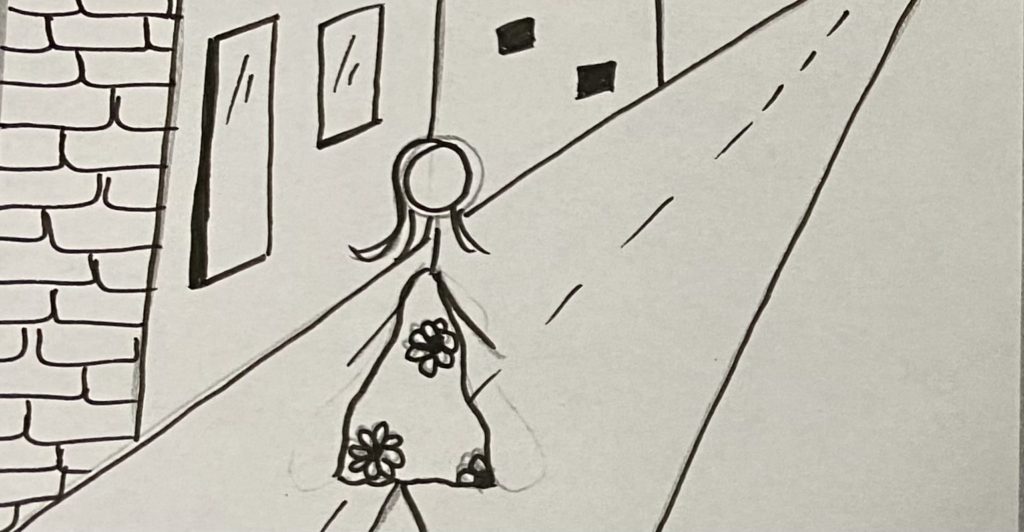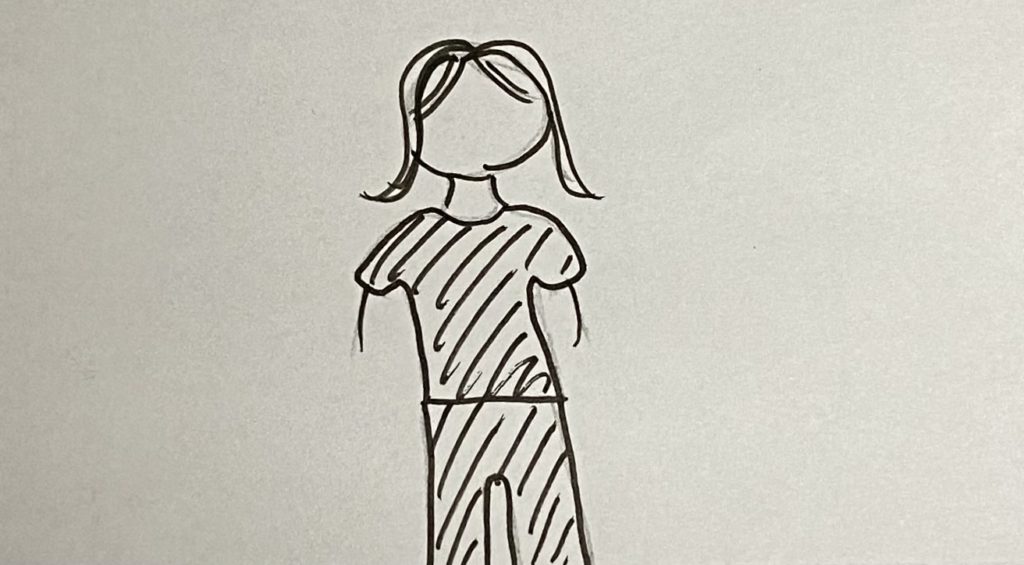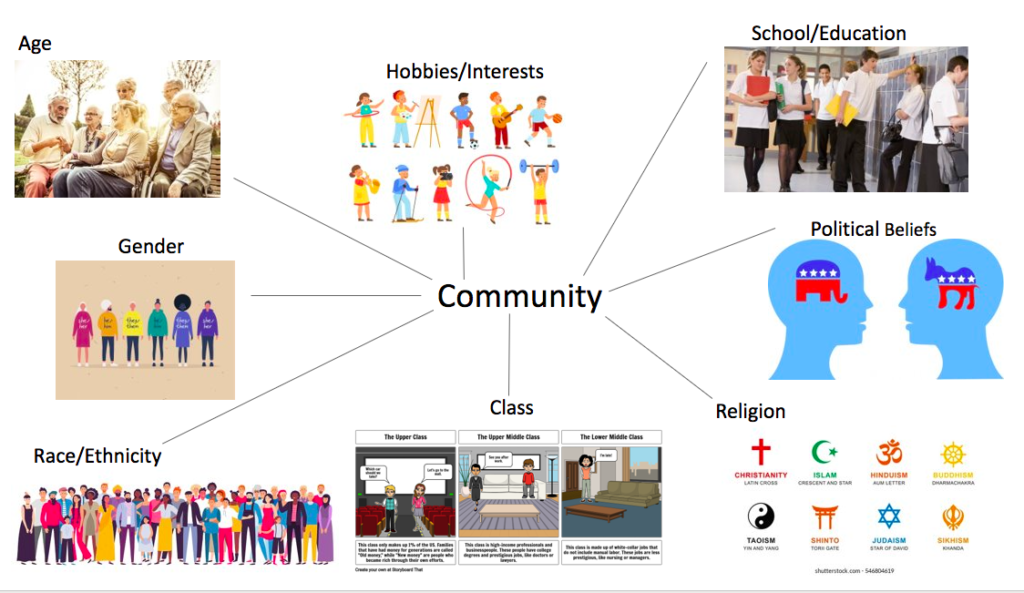Inge Jacobsen

Inge Jacobsen is a highly accomplished Danish/Irish artist. Not only has she exhibited around the world and won countless awards, in 2012 she exhibited alongside legendary YBA Sarah Lucas at the Selling Sex show by SHOWstudio. One of her proudest accomplishments. Jacobsen takes mass produced images, like magazines and adverts and gives them a unique makeover. She stitches, embroiders, cuts and collages to transform her subjects, a process that Jacobsen refers to as ‘hijacking’. Inge Jacobsen’s work is influenced by her Grandmother and Grandmother’s sister who was very good at cross-stitching and would create very intricate pieces.

Inge Jacobsen uses found commercial imagery and thread to put her own spin on classic advertising. Embroidery is used to physically alter the pictures and appropriate their meaning; the artist has named this process ‘hijacking’. Recently Inge has enjoyed working on a commission for American Express, who wanted an original perspective on 3 of their classic cards to use in a social media advertising campaign.

Inge Jacobsen describes her work as an “intervention.” The photorealistic effect she’s able to achieve with full cross-stitched reproductions (see her version of British Vogue‘s March 2011 Rosie Huntington-Whiteley cover above, side-by-side with the original) is really bold and interesting to look at.




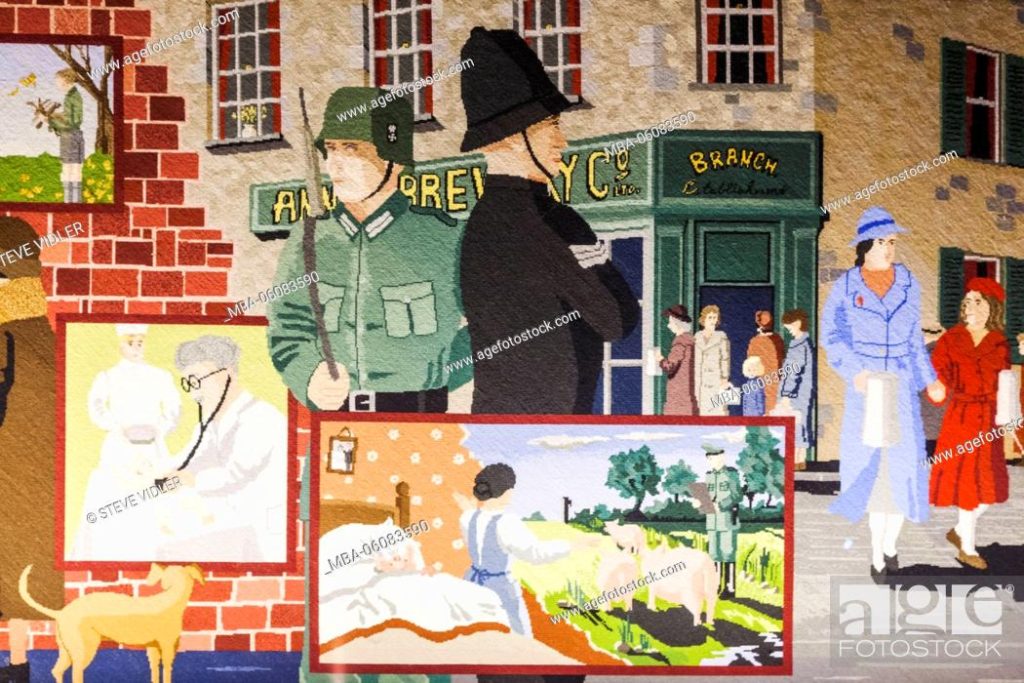




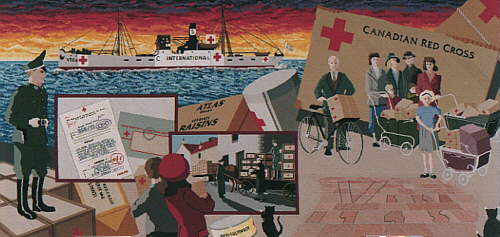
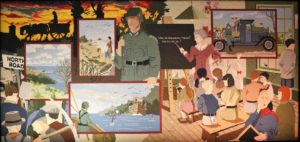








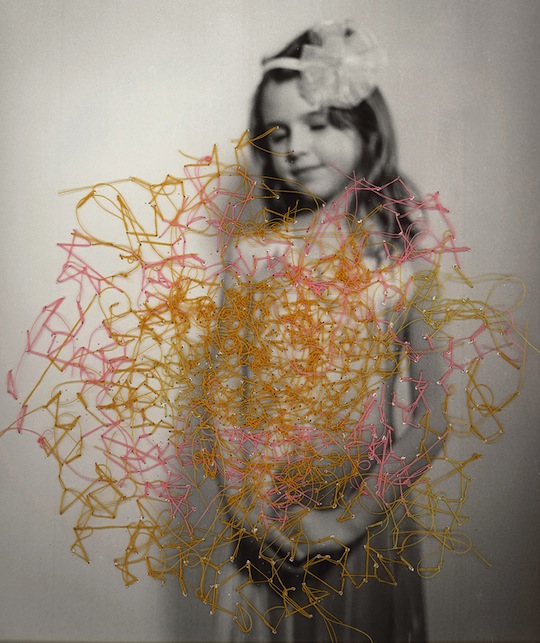


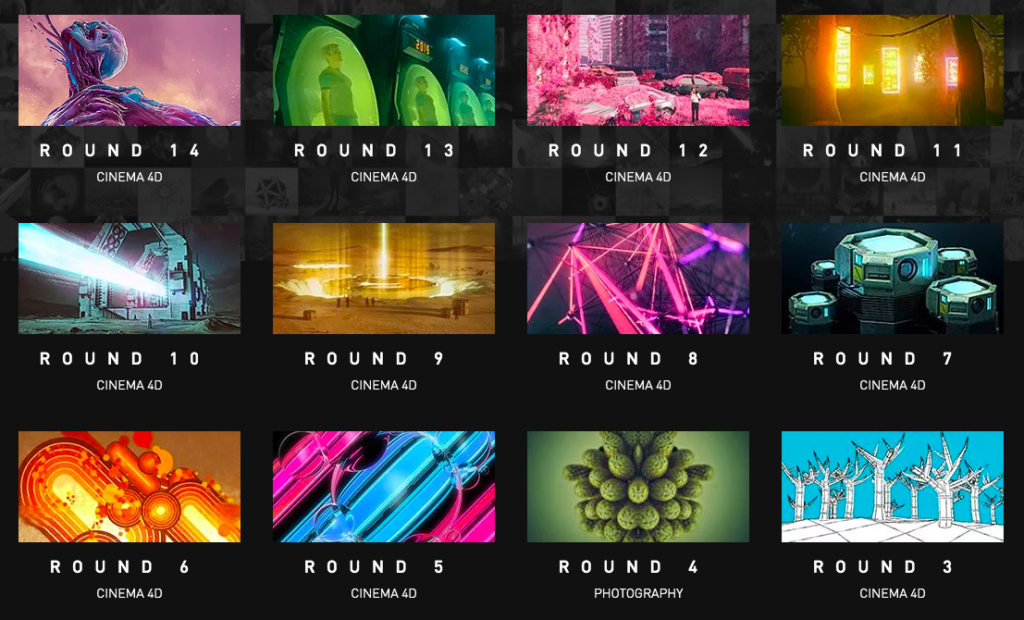
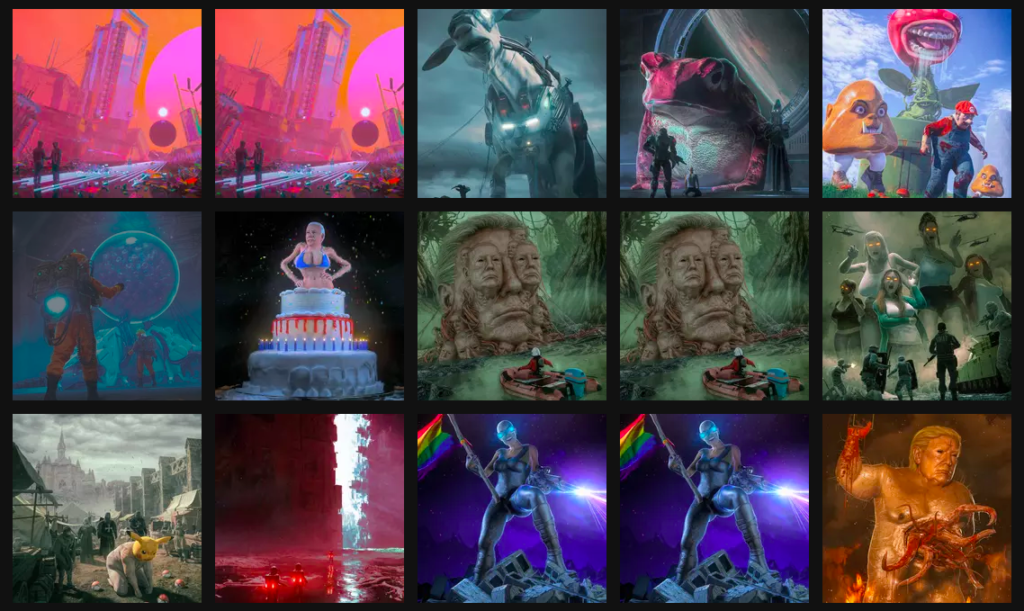
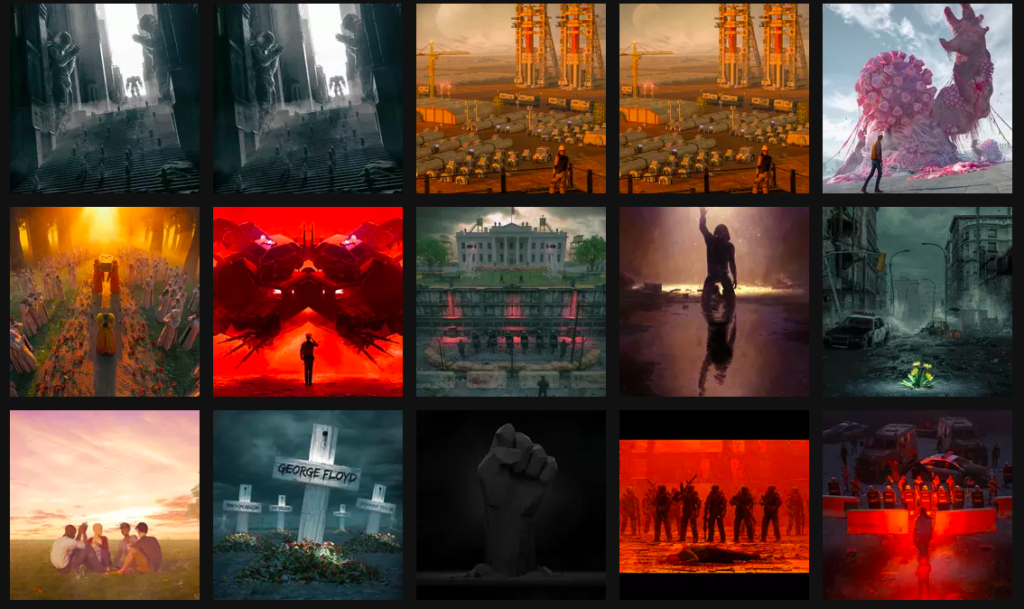
:no_upscale()/cdn.vox-cdn.com/uploads/chorus_image/image/68948366/2021_NYR_20447_0001_001_beeple_everydays_the_first_5000_days034733_.0.jpg)

